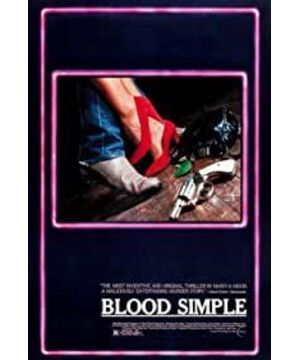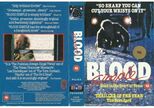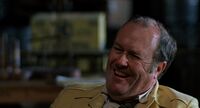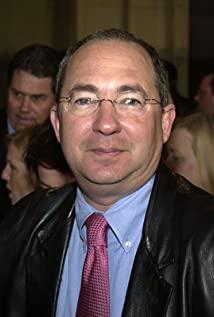The Coen brothers told the audience everything that should be suspenseful, as if to tell us that, as you can see and guess, that's how things are going.
Just like the large panorama is used to describe an empty scene at the beginning of the film, the story of this film is clearly explained to the audience, there are no hidden parts, and there are no stairs and stairs that are usually used in mise-en-scene films in suspense films. shadow.
According to the narrative style of the film, the film can be classified as a traditional narrative.
First of all, the narrative angle of this film belongs to the omniscient and omnipotent narrative (third-person narrative), then "narrator > character", the narrator plays the role of God in the entire narrative process.
But first of all, this is a suspense film, so the role of the narrator can be transformed in the film to create a sense of presence to the audience that must be found in a suspense film.
We can make a specific description through two fragments.
In the first clip, Wes kills Maddie with Abby's pistol, throws the pistol and leaves the office, Ray enters the office, accidentally kicks the pistol and misfires the pistol, then finds Maddie killed, sees the pistol Thinking that it was Abby who did it, he destroyed the corpse.
In this segment, the narrator is not just standing outside the story, telling the audience the whole process of what has happened so far, but also integrated into the characters.
From the moment Lei entered the office, Lei's subjective shots appeared, such as the clear expression after seeing the gun and the corpse from his perspective, and the entanglement when he saw the undead Maddie crawling on the road, The psychological transformation of the character is successfully revealed, and the audience is also brought into it through the character's perspective, coupled with the description of the objective lens, such as his behavior and surrounding scenes, the audience is immersed in the scene through the character's experience. Feeling, successfully portrayed a nervous, fearful, flustered character image.
The second segment is the final climax of the film, starting from Abby entering the house and turning on the lights until she shoots Maddie. A lot of objective shots are used in the middle, making the audience and the narrator stand outside the story together. We know from the previous hint that Abby thought it was Maddie who came to kill them, but it was actually Wes.
Here, there is no concealment of any plot, no accident or contingency, there is only one ending, either you die or I live, the process shots are not omitted through montage in a narrow sense, but the process is completely objectively displayed, the narrator. Through a clear explanation, the audience is forced to have no way to escape, and can only helplessly wait for the ending created by the characters in the play.
The horror created in "Blood Labyrinth" comes from objective consciousness, in order to achieve a psychological coercion, so that the audience loses the protection of the plot, so that the audience has reason to believe that the plot in the story is true .
ps layman's point of view also hope professional guidance
View more about Blood Simple reviews











